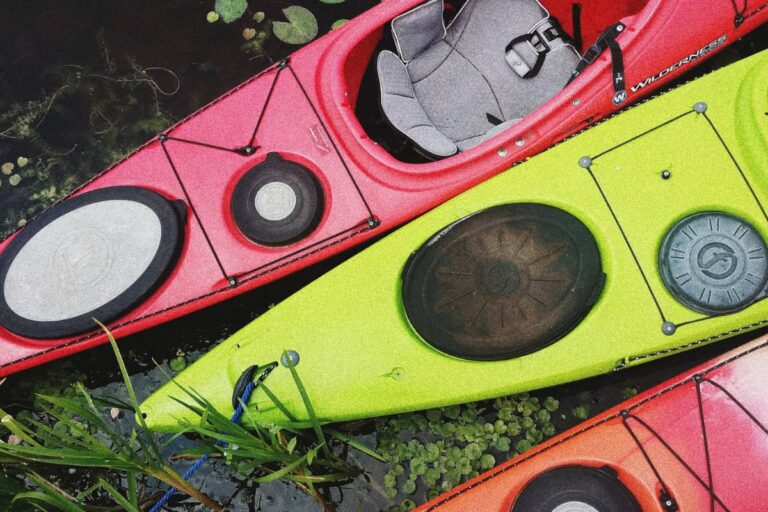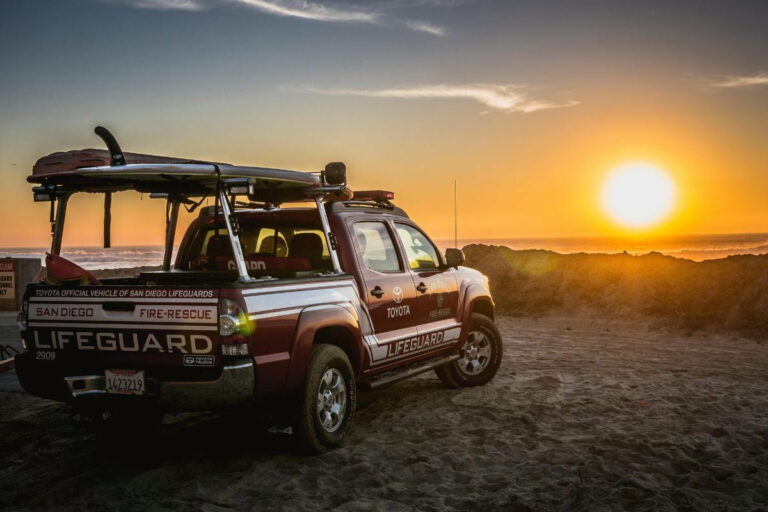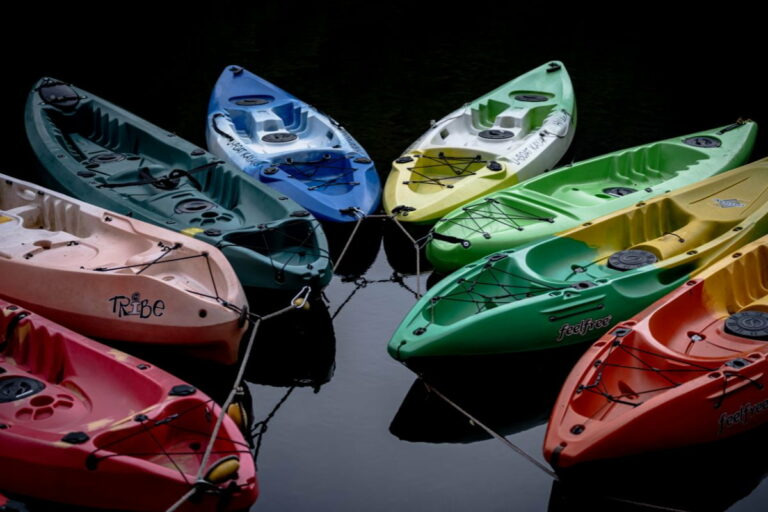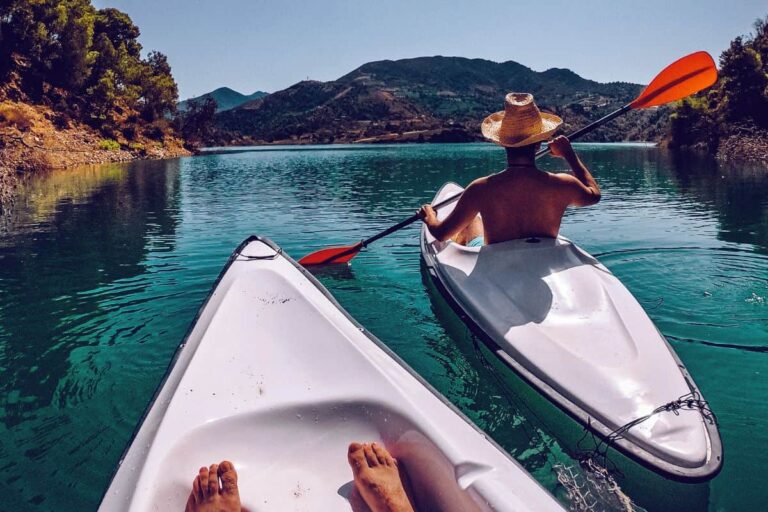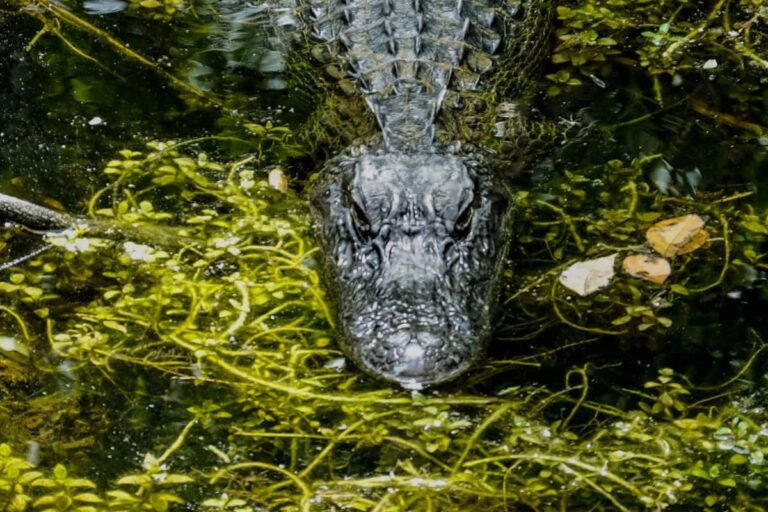How To Make A Kayak More Stable?
Kayaking can be both a fun activity and an intense sport that is gaining increasing popularity worldwide.
One thing many people struggle with when they’re out on the water is maintaining their kayak’s stability, which refers to the boat’s ability to avoid rolling over and capsizing.
Kayak instability can be an issue whether you’re using a fishing kayak, racing kayak, surf kayak, or touring kayak (and especially on a whitewater kayak).
If you’re wondering what factors affect kayak stability, keep in mind that proper weight distribution is vital.
Other various reasons can contribute to both your boat’s primary and secondary stability as well.
There are several actions you can take to ensure that your kayak is more stable, such as using a kayak outrigger or stabilizers, lowering your seat, using proper paddling techniques to improve your balance and control in the water, and more. Different kayak hull shapes will also impact a boat’s primary and secondary.
An unstable kayak is far more likely to capsize, which nobody wants to have happen frequently.
Here are a few tips to help ensure that your boats stay upright so you can enjoy kayaking confidently when you’re out onto the water.
How To Keep A Tippy Kayak Stable?
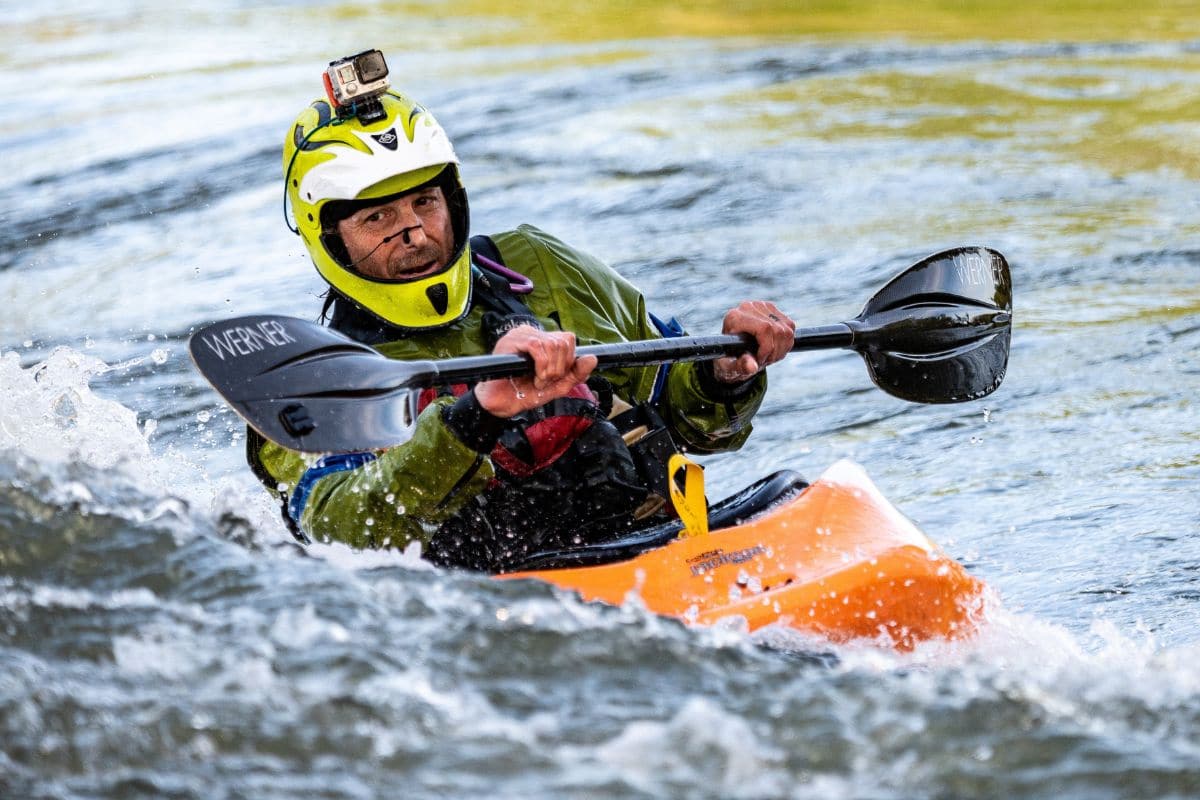
Stability is vital for any type of kayaking.
If your kayak cannot remain stable, you are likely to end up upside-down in the water, with all the contents of your kayak wet and floating next to you.
If you’ve been struggling to make your kayak more stable, and you’ve ruled out poor paddling skills, there are several factors to consider that can affect your kayak’s stability.
The two main ways to improve kayak stability are ensuring there’s not too much weight in any particular area of the kayak, and by kayak accessories called as stabilizers to improve the stability of the craft.
Pay Attention To Weight Distribution
The most important aspect of kayak stability is weight distribution in your boat.
This is applicable regardless of what type of kayak or type of kayaking you do.
If a kayak is unbalanced, it will not be stable.
Managing your boat’s weight distribution properly is the best way to improve and maintain its stability, which means you need to place each item of gear as carefully and evenly as possible throughout the vessel.
Place heavy items either in the center of the craft, or distribute them evenly between the front and rear.
Even light items should be evenly spaced out to maximize your kayak’s stability.
Use Stabilizers Or Outriggers
The next best way to stabilize a kayak is by using a stabilizer or outriggers (which are like training wheels for your kayak).
Both of the above options are accessories that are attached to the outside of the kayak to provide extra buoyancy, which in turn makes the kayak feel more stable.
Stabilizers are floatation devices attached to the outside of the kayak at the waterline – they can be made of plastic or foam, and may be tied or bolted to the kayak.
Adding stabilizers to your boat will significantly increase its stability.
An even better way to increase your kayak’s stability is to install a set of outriggers, which are floatation devices attached to the outside of the boat, and suspended on rigid arms or poles.
This type of stabilizer is incredibly efficient, and is not affected by the height of the water in relation to the boat.
Outriggers provide increased stability without compromising control or maneuverability when paddling.
Primary And Secondary Stability
A kayak’s primary stability refers to its ability to stay upright at rest in calm, flat water.
Secondary refers to stability is the ability of the boat to stabilize and remain upright when it’s been tipped onto its side.
A Kayak Hull’s Shape
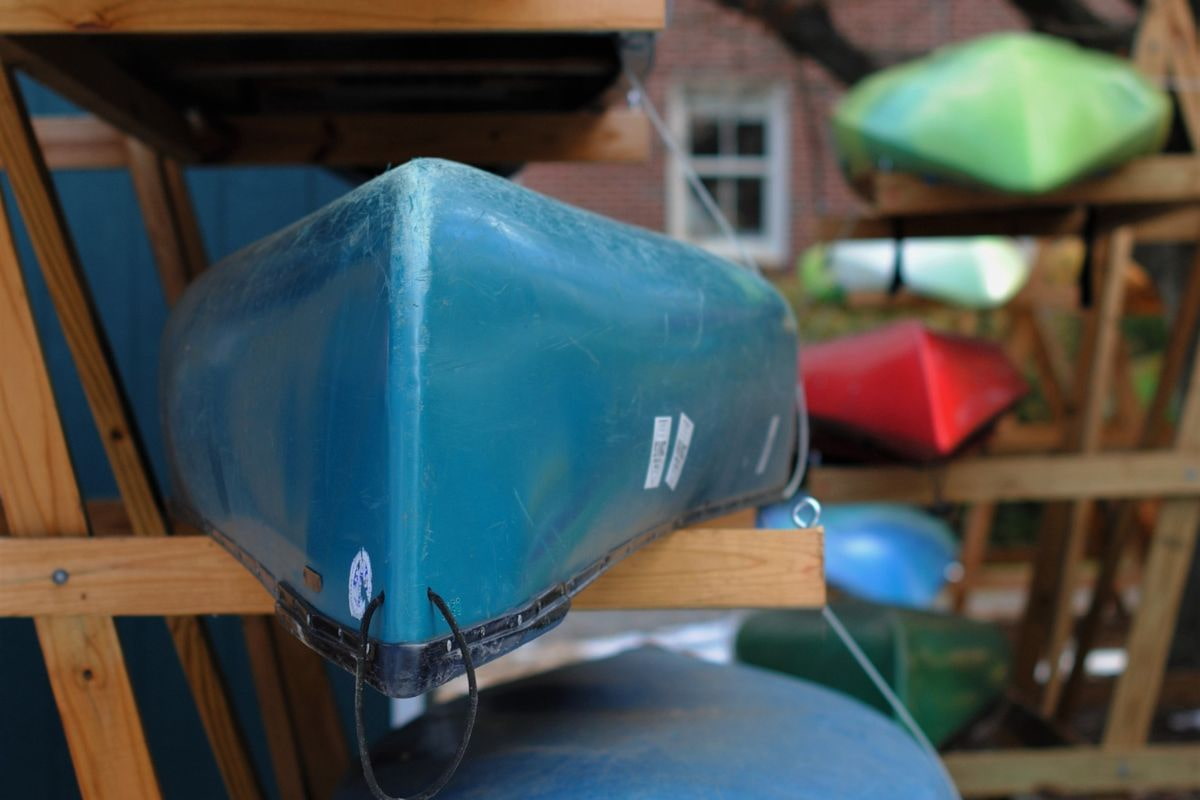
There are essentially four types of kayak hull designs – pontoon, flat, V-shaped, and rounded.
Pontoon hulls are designed with an inverted and rounded tunnel on the bottom of the boat, which provides good primary stability, ideal for kayak fishing.
This wider type of kayak, which has a flat hull, is the most stable type of kayak.
The greater a kayak’s width, the more stable it will be in terms of primary stability.
However, keep in mind that a wider vessel comes with its own limitations, so it depends on what type of kayaking you prefer to do.
When it comes to kayak width and other dimensions, beams measuring over 28 inches wide are considered stable.
In terms of a kayak’s length, you need to take displacement and the length-to-beam ratio into consideration.
A flat-bottom kayak has greater primary stability, and poor secondary stability, which is why these boats are mainly used for recreational and for kayak fishing.
These boats are designed for paddling on calmer waters, such as rivers and lakes.
Inflatable kayaks also have flat hulls.
Similarly, sit-on-top kayaks are slightly flatter and wider, which gives paddlers a greater sense of stability due to a higher center of gravity.
Sit-in kayaks have less primary stability than sit-on-top kayaks.
Having said that, flatter kayak hulls are planing hulls, which do provide better stability.
This is because they glide on top of the water, but their secondary stability is not as strong.
Boats with V-shaped hulls tend to cut through the water more easily and go faster.
This type of boat generally feels more lively.
A V-shaped hull is ideal for a sea kayak or a touring kayak.
A boat with a rounded hull is ideal for whitewater kayaking, because the shape of the boat will allow the paddler to maneuver around obstacles relatively easily.
This type of hull also makes the boat faster and offers better secondary stability.
Rounded hulls (also known as displacement hulls) provide better secondary stability.
What To Do If Your Kayak Is Still Unstable

If the weight distribution in your kayak is sufficiently balanced and evenly spread out, and you are already using outriggers or stabilizers, and your kayak is still unstable on the water, it may not be due to the vessel.
Not many people realize that kayaking takes practice, and is a challenging skill to learn.
This activity requires a lot of time out on the water in order to master, as well as gain a good understanding of your kayak’s tipping point (especially in rough water or the ocean).
If your boat is well balanced, improving its stability will come down to practice.
The best way to improve one’s kayaking stability and control is by paddling in calm water without any luggage.
It’s also a good idea to practice leaning over on your sit-on kayak to get a feel for its tipping point.
This is important because every paddler is different, and the same boat can feel different from one person to the next.
Slowly increase the weight in your vessel by adding gear until your kayak is fully loaded.
If you’re struggling to balance, you can also try lowering your seat, since this will provide a stronger center of gravity and help you feel more stable.
Conclusion
The most stable kayaks are not always the most useful kayaks, which means that finding the right type of boat for your desired activity will take some proper research and planning.
Be sure that your kayak is properly balanced in the water by checking that all luggage and gear are evenly spaced throughout the vessel.
You can also use stabilizers and outriggers to increase stability on overloaded or particularly unstable kayaks, and practice on the water as much as possible to improve your balance and skill.
Lastly, if you’re buying a new kayak, ensure you buy one that has the best initial stability, spend time practicing your skills, and enjoy your time on the water.
Table of Contents

